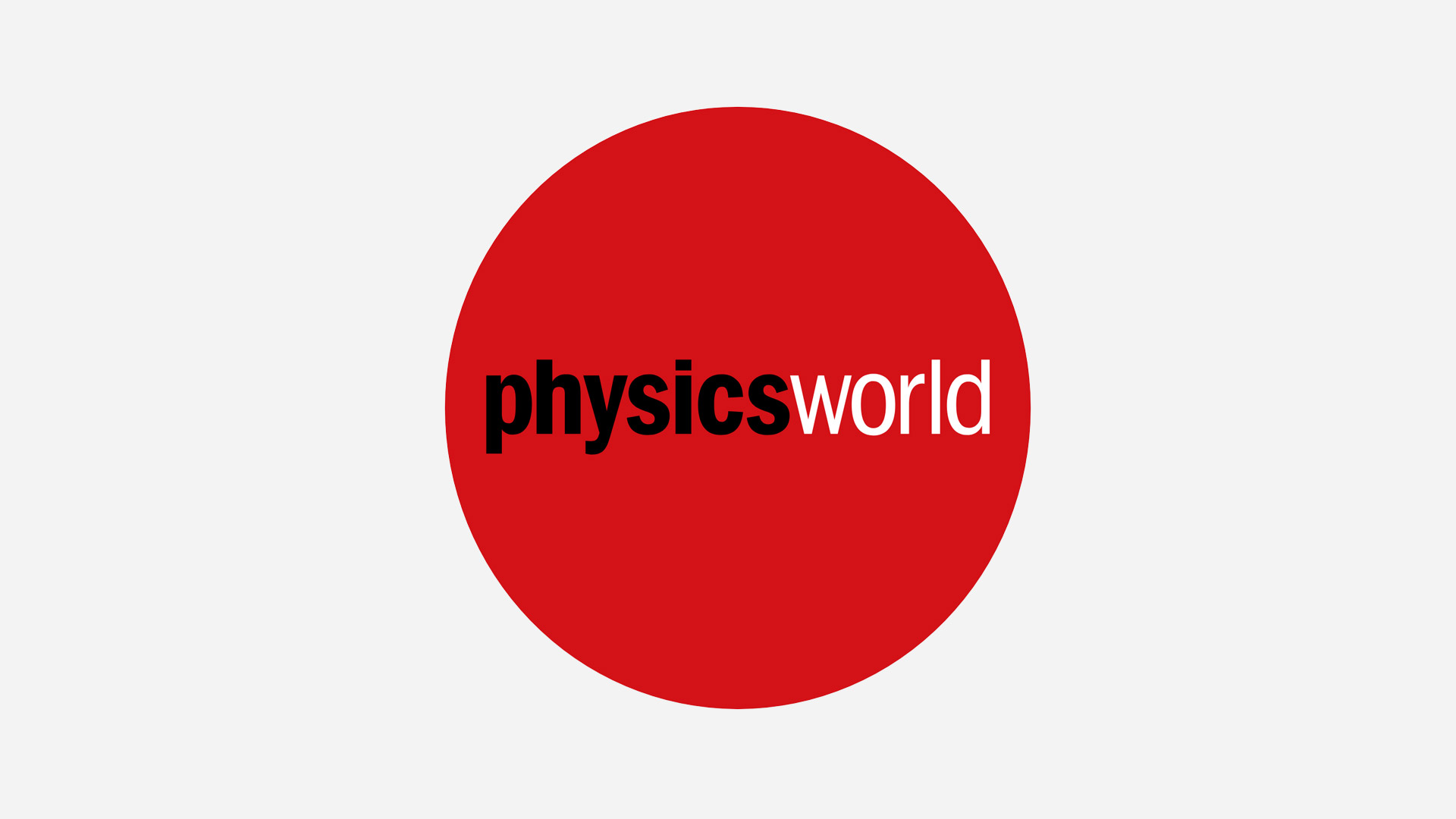Author
Array
(
[0] => linkedin
[1] => facebook
[2] => twitter
[3] => google-plus
[4] => youtube
)
Array
(
[0] => linkedin
[1] => facebook
[2] => twitter
[3] => google-plus
[4] => youtube
)
Array
(
[0] => linkedin
[1] => facebook
[2] => twitter
[3] => google-plus
[4] => youtube
)
Array
(
[0] => linkedin
[1] => facebook
[2] => twitter
[3] => google-plus
[4] => youtube
)
Array
(
[0] => linkedin
[1] => facebook
[2] => twitter
[3] => google-plus
[4] => youtube
)
No Author
Author archive

At the age of two, John Desmond Bernal was taken by his American mother from their farm in Ireland to see his grandmother in California. He amazed other passengers on the steamship by talking in both English and French. Later on, when he was at Cambridge, his fellow undergraduates would nickname him “Sage” because of […]

The Senate has become increasingly vocal about alleged Chinese spying at the Los Alamos National Laboratory (see PhysicsWeb 28 May) and has argued for increased security at the nuclear weapons labs. Bethe – who was also in charge of the Manhattan bomb-project’s theoretical physics division – and the other authors of the letter point out […]

The European satellite organisation Eumetsat will update pictures every 10 minutes of the Moon’s shadow as it rushes across the globe. Meanwhile, the European Space Agency has brought together a wide range of material – including some of the experiments scientists hope to carry out – on their own web site ESA Eclipse99. Although the […]

The UK synchrotron, once known as Diamond, is intended to replace the ageing second-generation SRS machine at the Daresbury Laboratory in Cheshire, although the location of the new machine has still to be decided. The Wellcome Trust is contributing £110m to the construction costs. Biologists are likely to be the main users of the machine, […]

The team were able to measure the distance because NGC4258 is one of 22 nearby galaxies that have active nuclei consisting of a supermassive black hole (over 100 million solar masses) surrounded by a thin rotating cloud of gas and dust. As the cloud rotates, friction heats the dust and gas, exciting the molecules in […]

The solar corona reaches temperatures of 1 million degrees Kelvin, while the Sun’s surface – the photosphere – is only 6000 Kelvin. The researchers used the UV camera on TRACE to create a movie of coronal loops. These are extremely hot magnetic loops that trap the solar plasma into pipe-like forms. Any solar flares near […]

Banin and co-workers used quantum dots made of indium arsenide, covered with a nonconducting barrier of hexane dithiol molecules and linked to a conducting gold film. The radius of the nearly spherical indium arsenide nanocrystals varied between 10 and 40 nm. Electrons tunnel from the gold through the insulating layer to the nanocrystal. The number […]
 Read article: Atom lasers
Read article: Atom lasers
The exotic quantum phenomenon of Bose–Einstein condensation is the key ingredient in a new type of laser that emits atoms rather than photons, and that promises to revolutionize atom optics

The fantastic progress in the miniaturization of electronic devices that has taken place in the past few decades has largely been made possible by perfecting a century-old technique called lithography. Devices are built up layer by layer, the pattern on each layer being defined by a lithographic “mask”. In this “top-down” approach we start with […]

Scientists at the research laboratory of the Museums of France in Paris compared the painting with nine of the 70 works accredited to Van Gogh during his time at Auvers. However, they were not allowed to remove samples from the painting, and could not use the lab’s synchrotron X-ray source since radiation can sometimes heat […]
Copyright © 2025 by IOP Publishing Ltd and individual contributors

